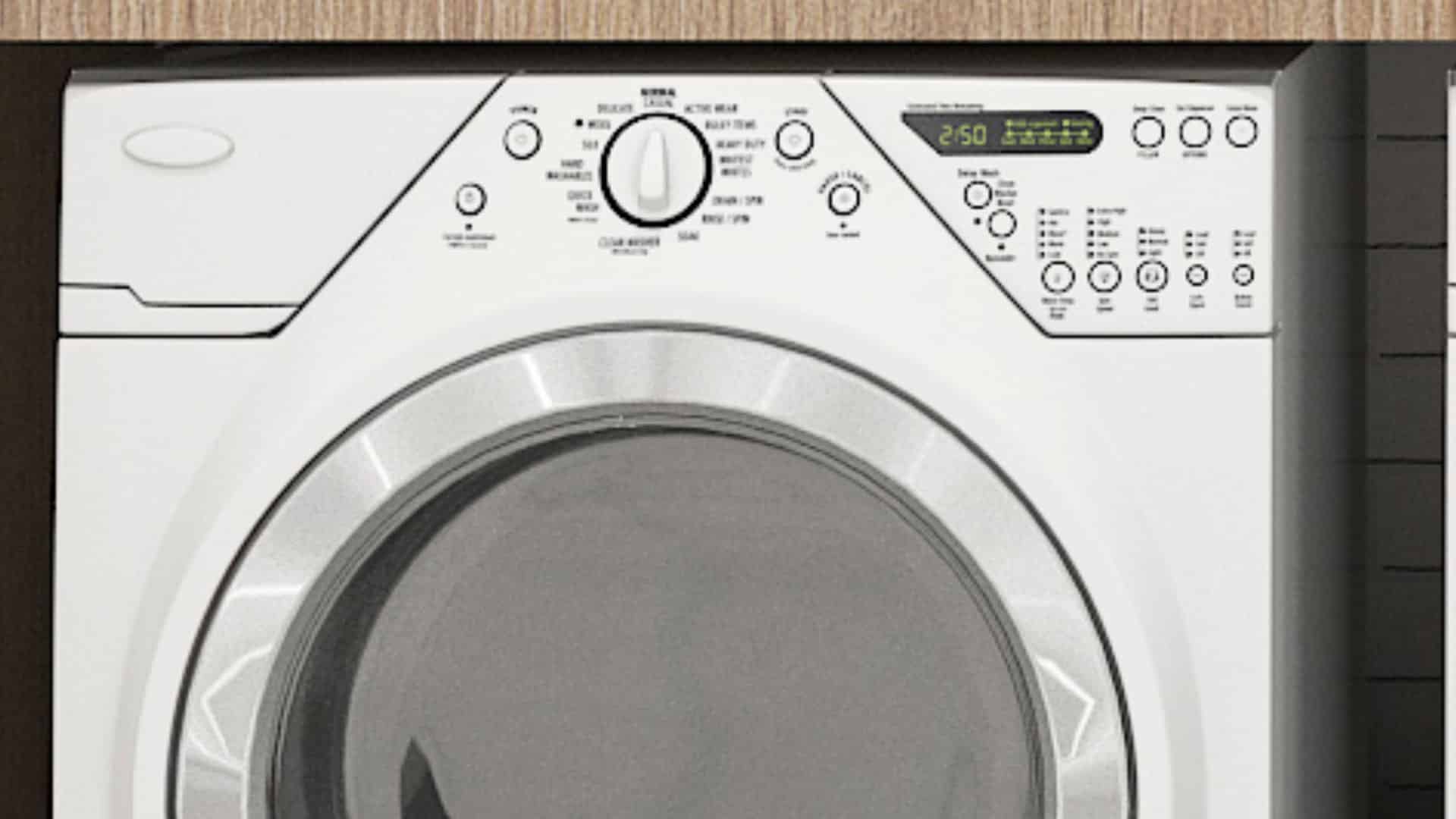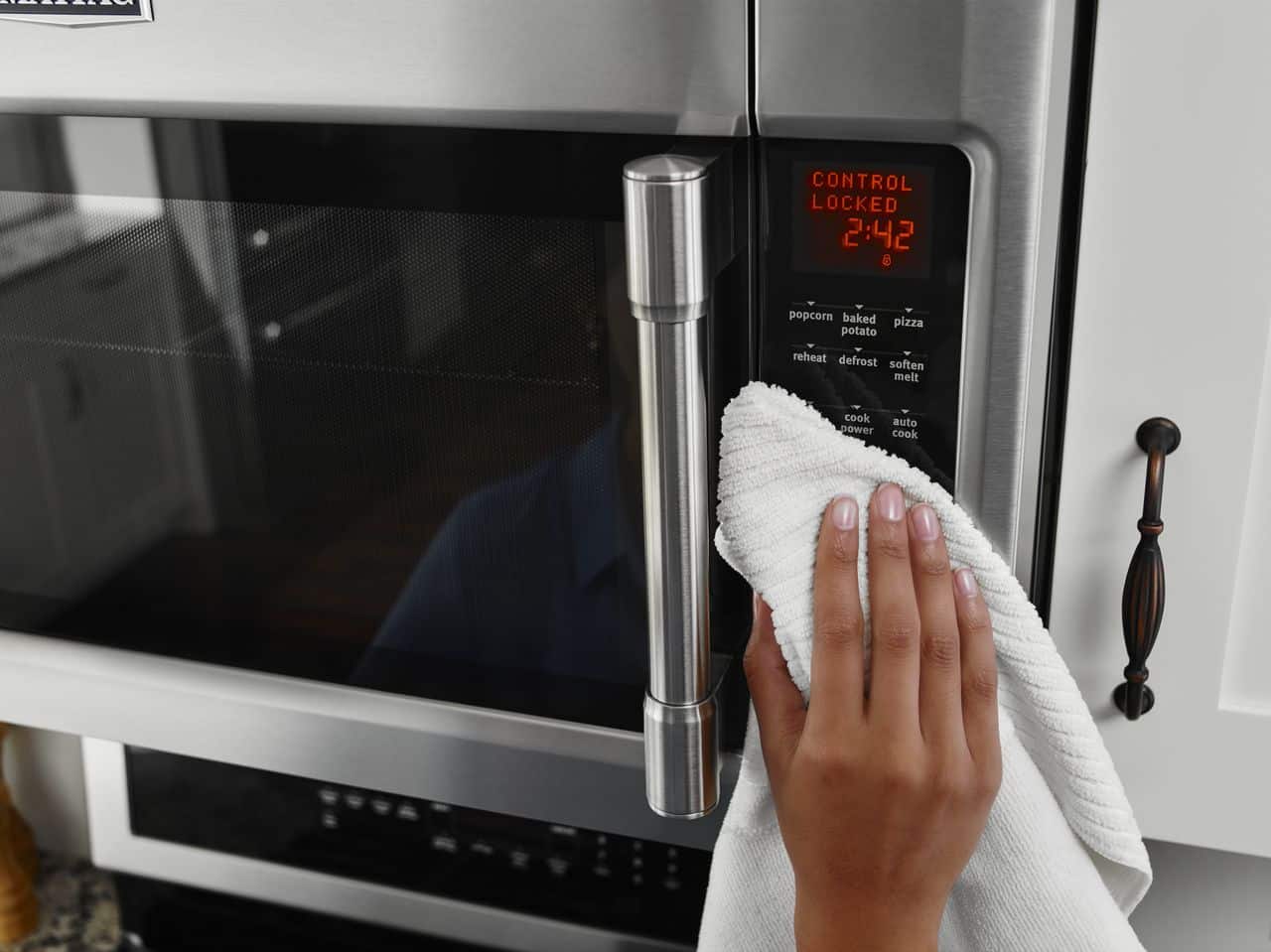
Whether we’re heating up a quick snack, warming a cup of coffee that’s gone cold, or reheating leftovers from our favorite restaurant, most of us use microwaves quite often. Microwaves get the job done quickly and save you both time and effort. So, naturally, it’s a hassle when they suddenly stop working without any warning to you. If your microwave refuses to turn on, there are a number of problems that could be causing this issue. Below, we’ve detailed out all the things you should check if you can’t get your microwave to turn on.
Keep in mind that microwaves should be disconnected from any power when troubleshooting. If you are not familiar with working with high voltage electricity, call a professional instead.
Check the Breaker
It might sound like an obvious answer, but it’s one that slips people’s minds when appliances suddenly stop working. Our minds immediately turn to complicated issues that involve wires and fuses, and we simply neglect to check the simplest solution. Unfortunately, the breaker is not the usual culprit, but it certainly doesn’t hurt to try that solution first. It takes only a moment, and it could save you a lot of time and stress if you find the problem in the breaker box.
Door Switch
Everyone knows the easiest way to get a microwave to stop heating is to open the door. The second you hit that “open door” button, the microwave cuts power and the light goes out. This is why we suggest looking to the door first, after the breaker, of course, to find the source of your microwave problems. The door switch sometimes referred to as the primary or secondary interlock switches, is a source of power to several different components in your microwave when the door is closed. And, just like any part of any household appliance, this component can malfunction. If it does, and your door switch fails, your microwave won’t display any outward signs of the issue. The clock will display the correct time, and you can punch in your preferred microwave cook-time settings. But the microwave itself won’t function properly. The interlock switches can be found just inside the cabinet and are activated by hooks or latches on the microwave door. Checking to see if this is the faulty component consists of unplugging the unit and removing the cabinet. The interlock switches have wires attached to terminals. These terminals are marked with a (C ) or a (NO). These stand for Common and Normally Open. Using a multi-meter, check these switches for continuity. If the actuator button is depressed, you should see continuity between these two terminals. If you don’t, the switch has malfunctioned and you’ve found your problem. You’ll need to replace the switch in order to get your microwave up and running again. But, before congratulating yourself on solving the issue, do another quick check to make sure the door hooks are properly engaging with the switch actuator when the door is closed. If not, you’ll also need to adjust or replace it as well.
Door Latch Assembly
Just because you find no issue with the door switch, doesn’t mean the problem doesn’t lie within the door itself. Most door latch assemblies are made of plastic hooks that stick out of the door and engage the door switch once you close the microwave. But, if these hooks are damaged, the door which will receive no signal and can’t possibly do its job of signaling the rest of the microwave to start heating up dinner. To access the door latch, you’ll need to unplug the microwave and remove the inside door panel, which is held in place with plastic tangs. If you find that the door latch is damaged, or the springs don’t have the tension they need, you’ll need to replace this piece in order for your microwave to function properly again.
Thermal Fuse or Cut Out
If your microwave’s door switch and latch assemblies are functioning as they should, it’s time to look for an alternative answer to your problem. The answer might be a problem with the thermal cut-out. Microwaves use one or more of these cut-outs, sometimes called thermal fuses, to protect your microwave from overheating. Safety precautions like these are necessary in household appliances, but when they malfunction, they send incorrect warnings of danger. If this happens to your microwave’s thermal fuse, it will cause you microwave to shut down when it shouldn’t. These cut-outs or thermal fuses can be found inside the cabinet, often near the oven cavity or magnetron. You will need to unplug your microwave and remove the cabinet to locate the thermal fuse or cut-outs. Next, remove the wires from the terminals. Again, you’ll need a multi-meter to check for continuity. If you find none, your cut-out will need to be replaced. You’ll also want to check to make sure the cooling fan is working properly and there’s nothing obstructing air flow.
Ceramic Fuse
If you notice that, not only will your microwave not turn on, but your microwave’s display is blank, the culprit might be the ceramic fuse. Your microwave’s ceramic fuse functions as a protector to many components in the microwave in the case of severe power fluctuation or a critical fault with one of the internal mechanisms. If the ceramic fuse fails, power is cut off from the controls of the microwave, rendering it entirely nonfunctional. This fuse can be found in the cabinet, near the entry point of the power cord. Remember to always unplug your microwave before removing the cabinet and attempting any work on the appliance. Use your handy multi-meter once more to check for continuity. If the fuse failed, but you can’t see an obvious reason why, check the major components such as the magnetron, high voltage diode, capacitor and transformer, and the associated wire terminals before you rush to replace the fuse. If the fuse failed when opening or closing your microwave’s door, check for a shorted monitor switch. It’s always stressful when the appliances that make our lives easier begin to malfunction. But it’s a part of life. Technology, while extremely helpful, is not always perfect. If you find yourself with a microwave that won’t turn on, and you need help identifying or fixing the cause of the problem, please contact us today.

How to Fix the nF Error Code on a Samsung Washer

Kenmore Elite Dryer Issues: How To Troubleshoot
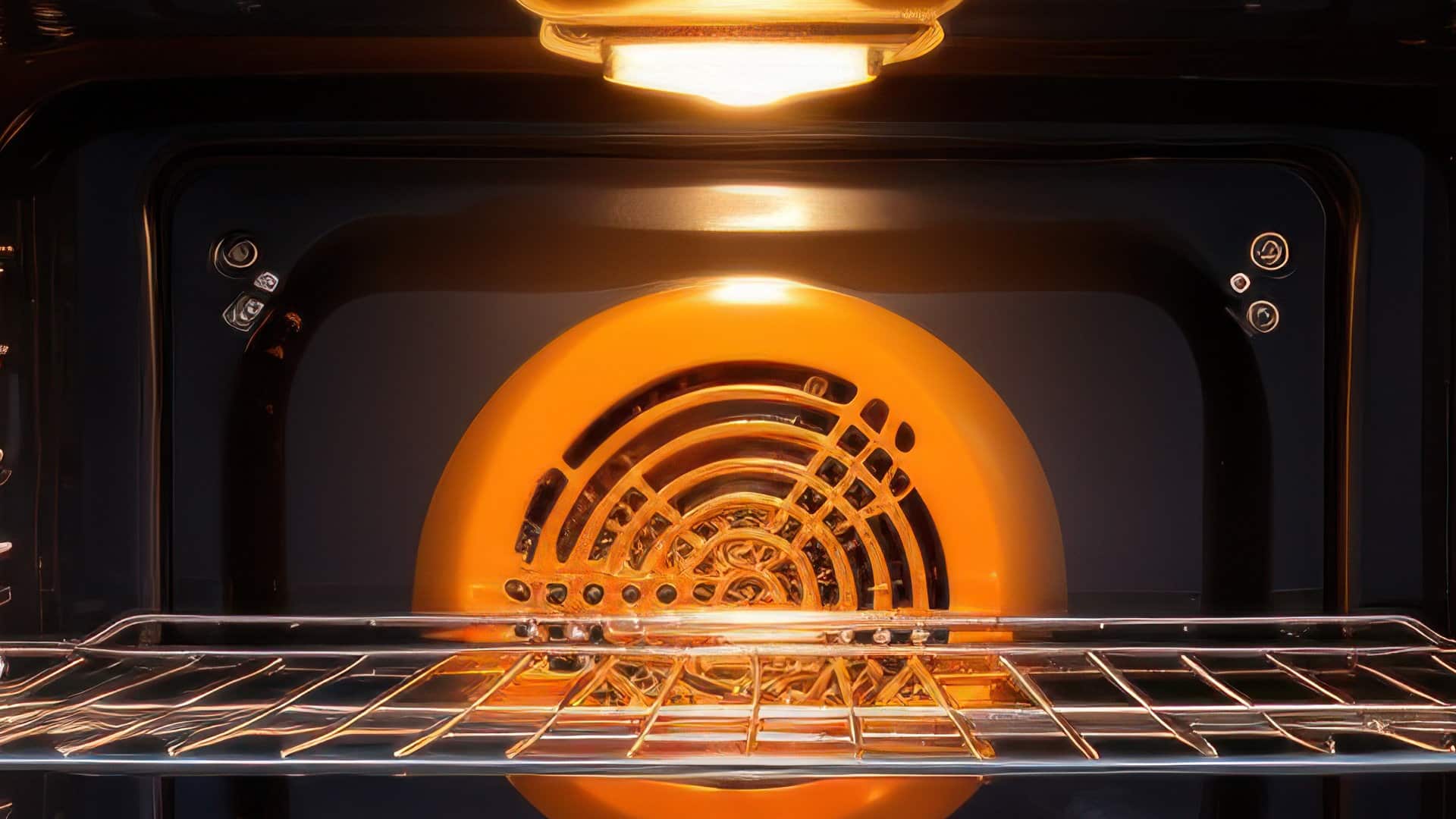
Microwave vs. Oven: Pros and Cons and How They Differ
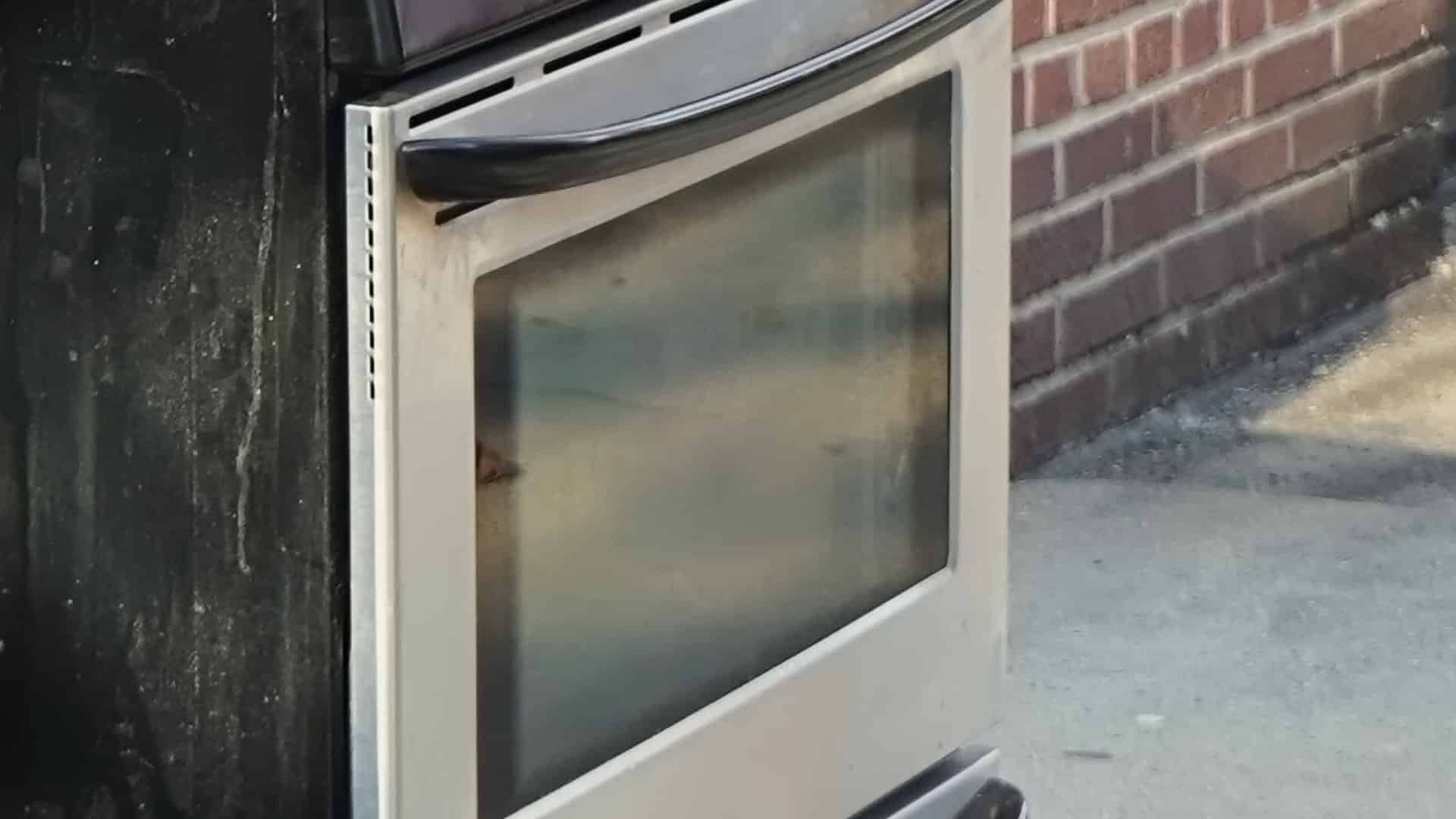
Self-Cleaning Oven Smell: Causes & Odor Reduction Tips

Frigidaire Ice Maker Not Working? 7 Ways to Fix It
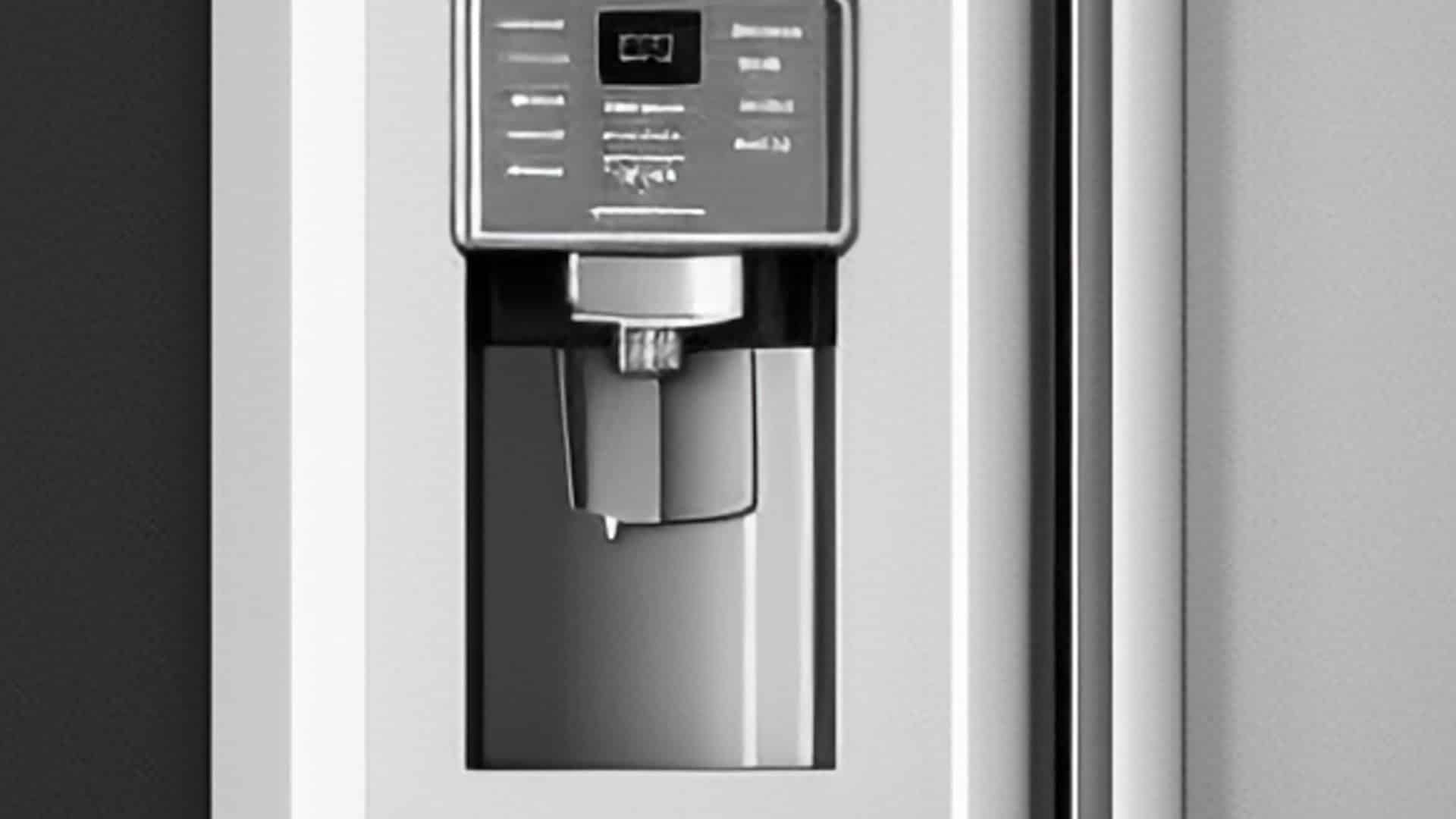
Why Is Your LG Refrigerator Not Cooling? (9 Common Reasons)
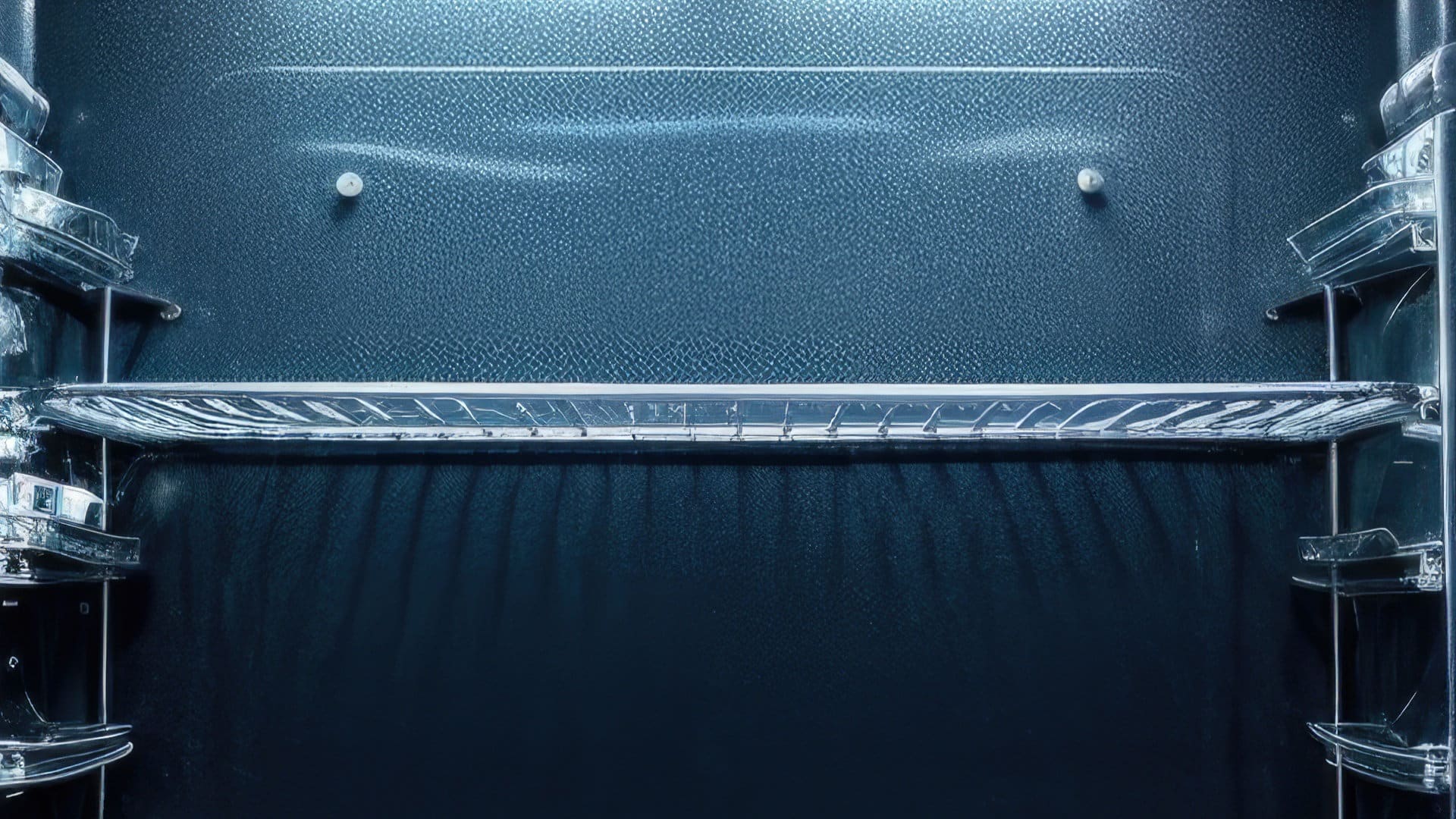
GE Oven F2 Error: Causes & Solutions
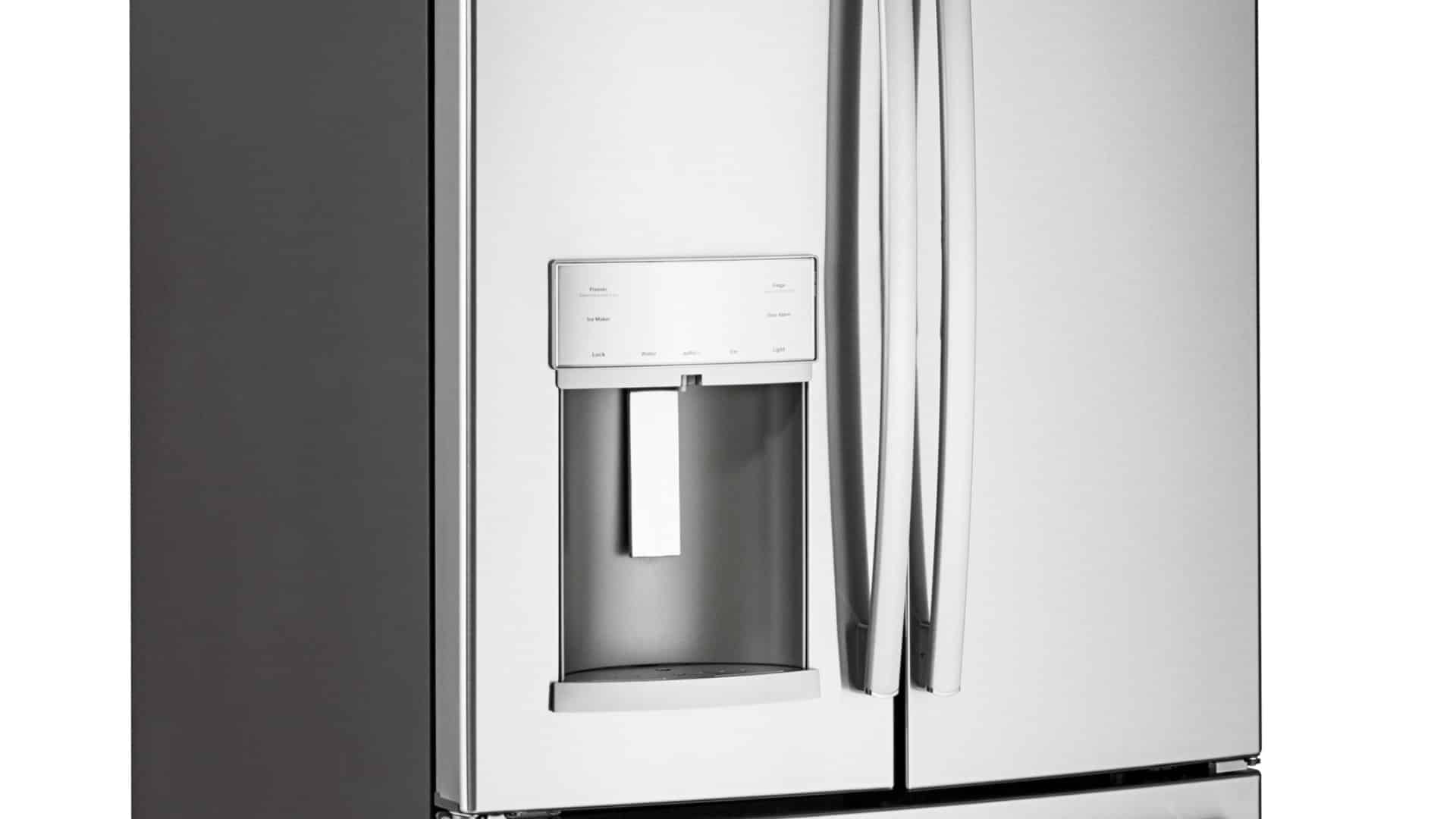
How to Reset the Water Filter Light on a Samsung Refrigerator
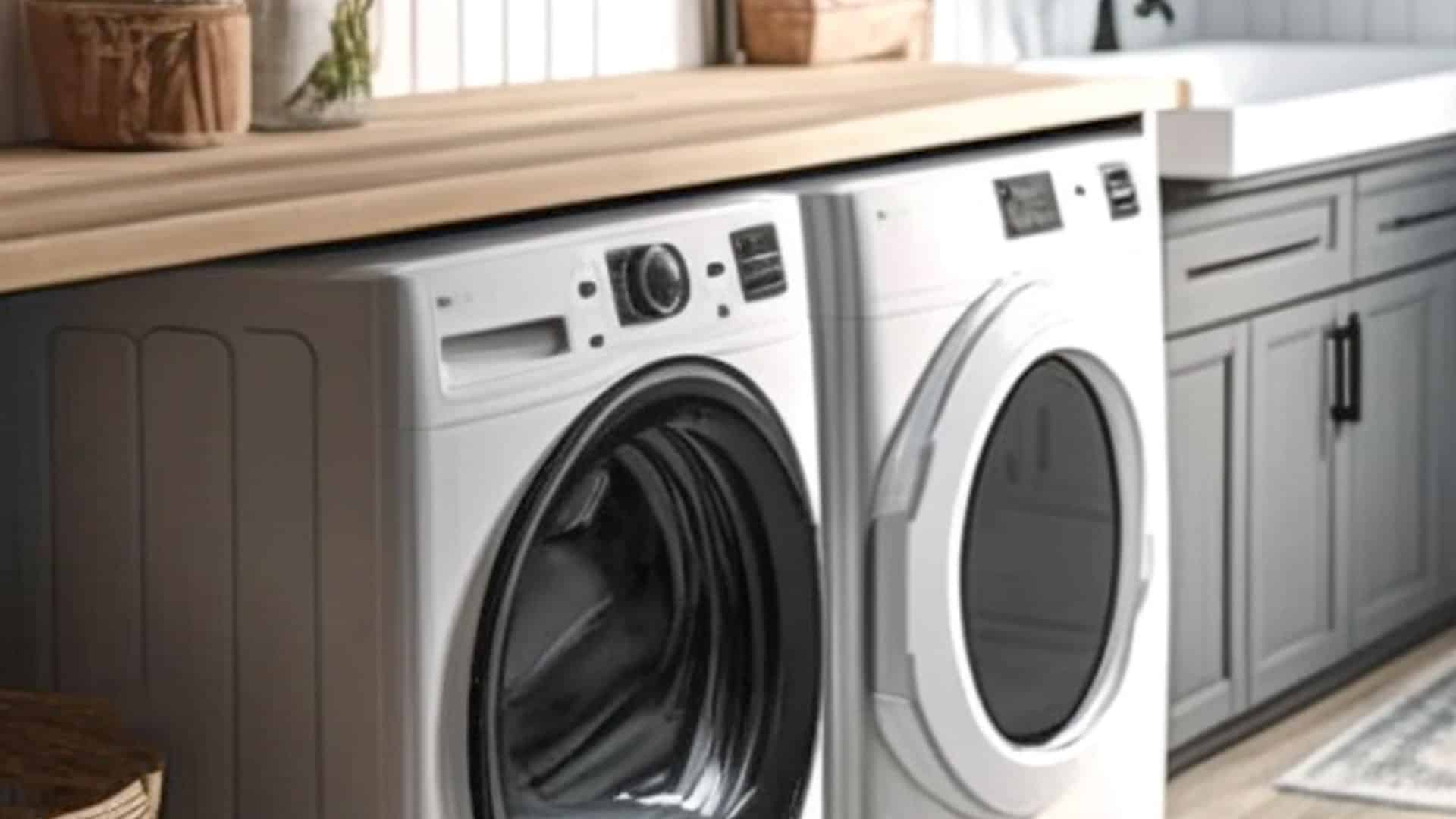
Maytag Washer Showing F5 Error Code? Here’s What To Do
